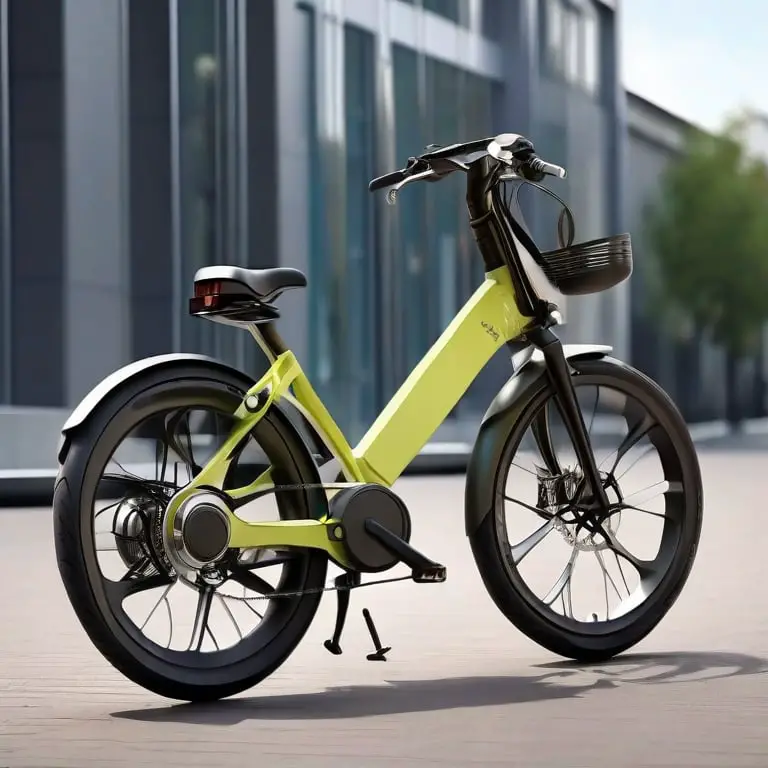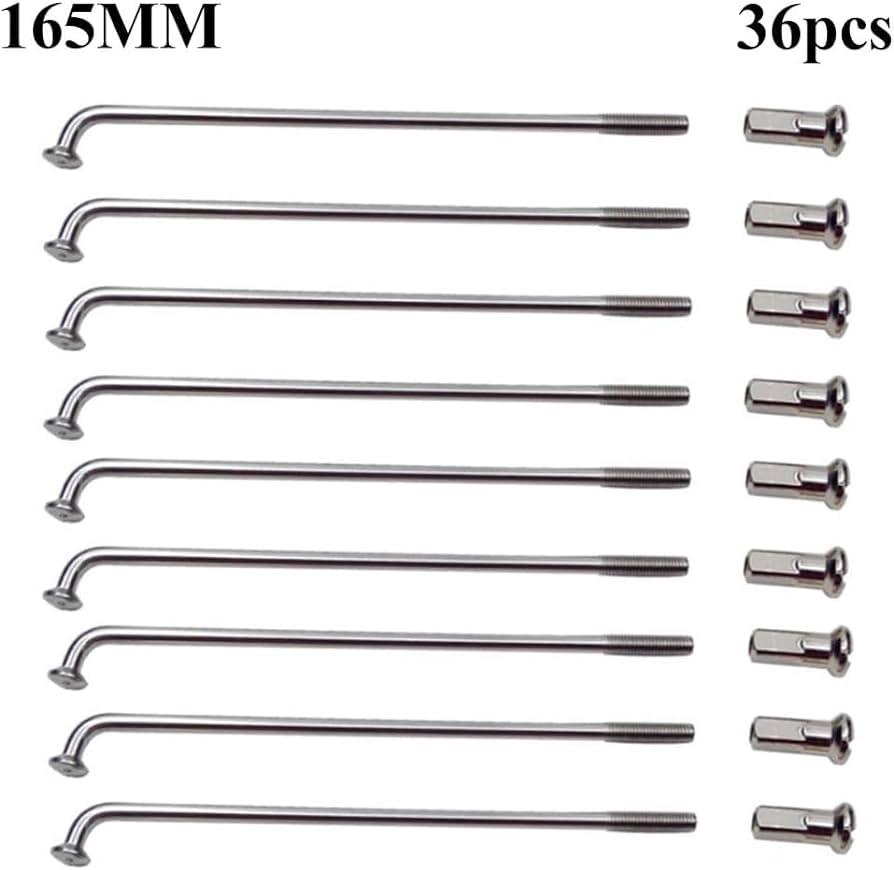Tubular Bicycle Tyres: Master the Ride with Elite Performance
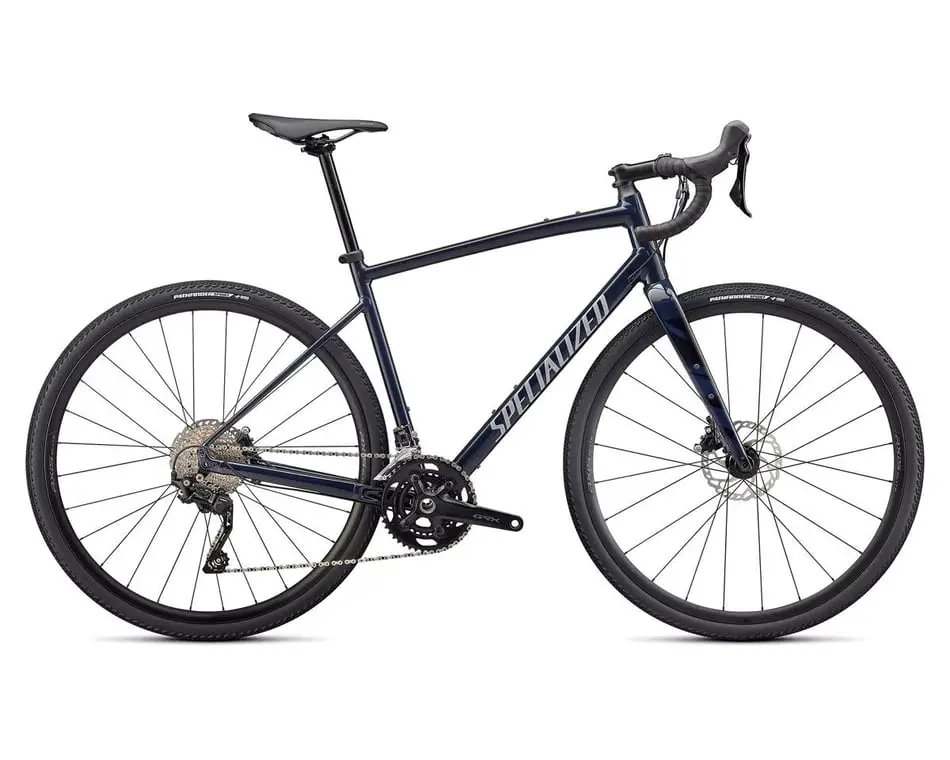
As an affiliate, we may earn from qualifying purchases. We get commissions for purchases made through links on this website. You can read more on our Affiliate Disclaimer here.
Tubular bicycle tyres, commonly known as tubs, are a type of tire that must be glued onto a compatible rim. They differ from clincher tires, which use a bead to hold the tire onto the rim.
Tubular bicycle tyres offer a smooth and comfortable ride, making them a popular choice among professional cyclists and enthusiasts. Their unique construction features an inner tube that’s sewn into the tire itself, which is then glued to a specially designed rim.
This setup allows for higher inflation pressures and minimizes the risk of pinch flats, providing a performance advantage in racing scenarios.
Despite their benefits, tubular tires can be more challenging to install and repair compared to clinchers, requiring specific skills and maintenance. Their use tends to be limited to settings where performance gains outweigh the convenience of easier tire changes.
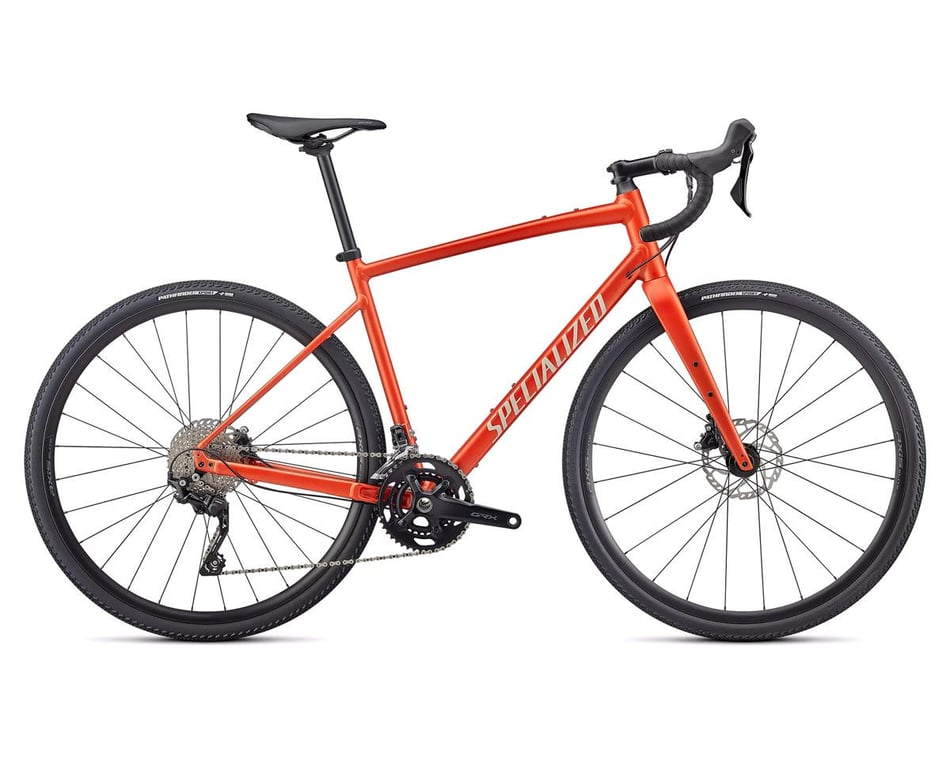
Credit: www.performancebike.com
The Essence Of Tubular Bicycle Tyres
The right choice of bicycle tyres affects speed, comfort, and performance. Tubular tyres play a key role in the experience of avid cyclists.
Defining The Tubular Tyre
A tubular tyre, known as a “tub”, is special. It needs to be glued onto the wheel. This design offers fewer flats. Riders enjoy a smoother ride. The shape is round, not U-like clincher tyres.
Historical Evolution And Current Popularity
Tubular tyres have a rich history. They were first before clinchers. Pro cyclists often prefer them. They value reliability and performance. Even today, they remain popular in races for their feel and speed.
- 1800s: Tubular tyres were born
- 1900s: Became the racing standard
- Today: Still chosen by the pros
| Period | Usage | Popularity |
|---|---|---|
| 1800s | Inception | Low |
| 1900s | Racing Standard | High |
| Today | Selected by Pros | Steady |
Key Benefits Of Riding Tubular
Tubular tires, also known as sew-ups, are a choice favored by professional cyclists. They bond to specially designed rims to create a lightweight and efficient wheel system. Their unique construction offers numerous advantages to riders, making them a valuable choice for those seeking improved performance and ride quality. Below, explore the standout benefits of leveraging tubular tires for your cycling needs.
Enhanced Road Feel
Tubular tires provide a sensation that no other tire can match. Their construction allows for a supple feel on the road, giving riders an unparalleled sense of connection with the surface. This connection leads to improved control, especially around tight corners or over rough terrain.
- Superior grip on the road surface
- Immediate feedback from the riding surface
- Increased assurance during aggressive maneuvers
Optimized Rolling Resistance
The design of tubular tires contributes to reduced rolling resistance. This is a crucial factor for cyclists who aim to maintain high speeds with less effort. The reduced drag from tubular tires means energy transfers more efficiently from the cyclist to the road.
| Aspect | Benefit |
|---|---|
| Less Energy Loss | More speed with the same effort |
| Smooth Surface Contact | Cleaner ride over imperfections |
| Efficient Force Transfer | Direct power from legs to road |
Construction Of Tubular Tyres
Imagine riding with the smoothest connection between your bike and the road. That’s what tubular tyres offer. Each tyre is a feat of engineering, crafted for high performance. Let’s take a deep dive into how these round marvels come to life.
Unique Materials And Builds
Tubular tyres, known as ‘tubs’, stand out for their unique design. Here’s why they’re a top pick for racing:
- Seamless construction reduces rolling resistance.
- High-quality rubber ensures grip on the road.
- Silk or cotton casings offer a smooth ride.
- Skilled craftsmen hand-glue the layers together.
- They commonly feature a latex inner tube for flexibility.
The Tubular Tyre Anatomy
Look under the surface to see each part of a tubular tyre:
- The tread contacts the ground.
- Beneath it, the casing encloses the tube.
- Inner tubes are often latex for elasticity.
- Stitched underneath, the base tape secures to the rim.
Glue or tape attaches the tyre to the rim. No need for bead hooks!
Through precise construction, tubular tyres enhance ride quality. They promise speed, agility, and comfort. This makes them the champions’ choice for racing.
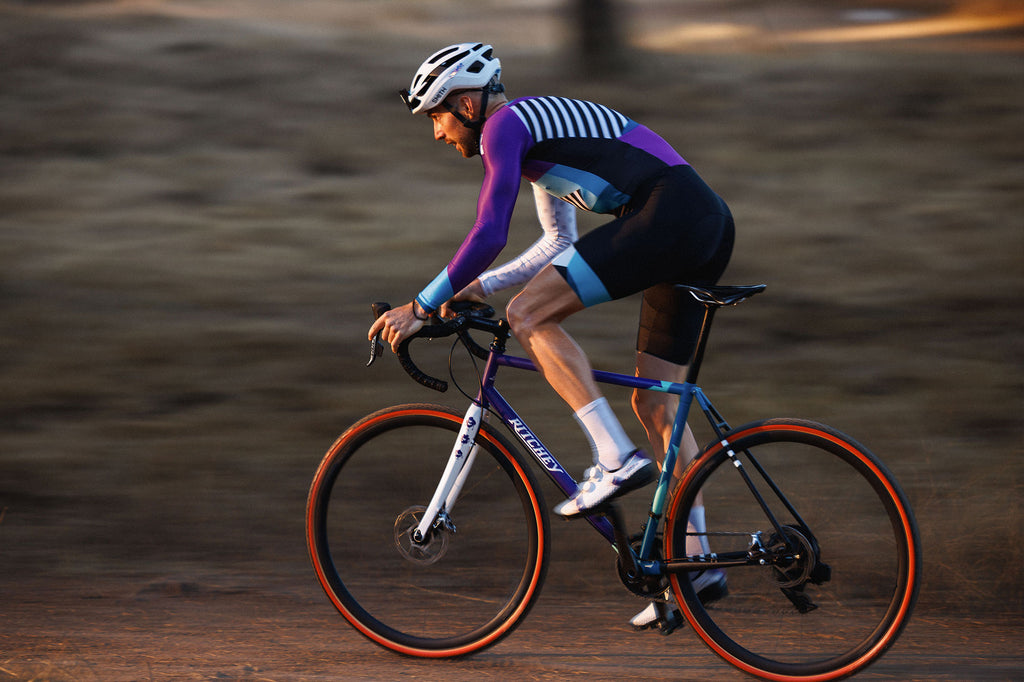
Credit: www.huntbikewheels.cc
Mounting Tubular Tyres
Tubular tyres offer superb performance for serious cyclists. Mounting them requires precision for optimal safety and effectiveness. This section delves into crucial mounting techniques ensuring your ride is smooth and secure.
Preparation Steps Before Installation
Before we dive into the actual mounting, let’s discuss preparation. Adequate preparation is the bedrock of proper tubular tyre installation. Follow these steps:
- Inspect the rim for damage or old adhesive.
- Ensure the tyre is a correct fit for your rim.
- Stretch the tyre on a spare wheel for 24-48 hours.
- Pre-inflate the tyre to make it malleable.
Adhesive Techniques: Tape Vs. Glue
Different cyclists have different preferences. Some swear by tape, others by glue. Here’s a quick comparison:
| Adhesive | Pros | Cons |
|---|---|---|
| Tape | Clean and easy to applyNo drying time required | May not hold as securely as glueCan be tricky in wet conditions |
| Glue | Strong, lasting bondBetter for racing conditions | Requires drying timeMessier application process |
Regardless of the choice, proper application is key. For tape, align it carefully and press firmly. Apply a thin glue layer if using glue, and allow it to cure before mounting the tyre.
Maintenance And Repairs Simplified
Welcome to Maintenance and Repairs Simplified, where keeping your tubular bicycle tires in top shape doesn’t have to be an uphill task! Say goodbye to complex procedures and hello to straightforward maintenance and quick fixes. Dive into a routine that keeps your rides smooth and your tires lasting longer.
Regular Maintenance Habits
Adopting regular maintenance habits ensures your tubular tires perform their best. Here’s how to take care of them:
- Check tire pressure before each ride. Correct pressure means fewer issues.
- Inspect for wear and tear. Look for cuts or embedded objects.
- Clean tires with soapy water after muddy rides. Dirt can damage the tire’s surface.
- Store your bike properly. Avoid dampness and direct sunlight to protect the rubber.
Fixing Punctures And Tears On The Go
A flat tire can stall your journey. Learn to fix punctures and tears fast with the right tools on hand:
- Carry a puncture repair kit. Make sure it includes patches, adhesive, and a tire lever.
- Find the puncture or tear. Use water if needed; bubbles will show the leak.
- Patch it up. Apply adhesive, wait, then apply the patch firmly.
- Inflate the tire to the recommended pressure, then continue your ride confidently.
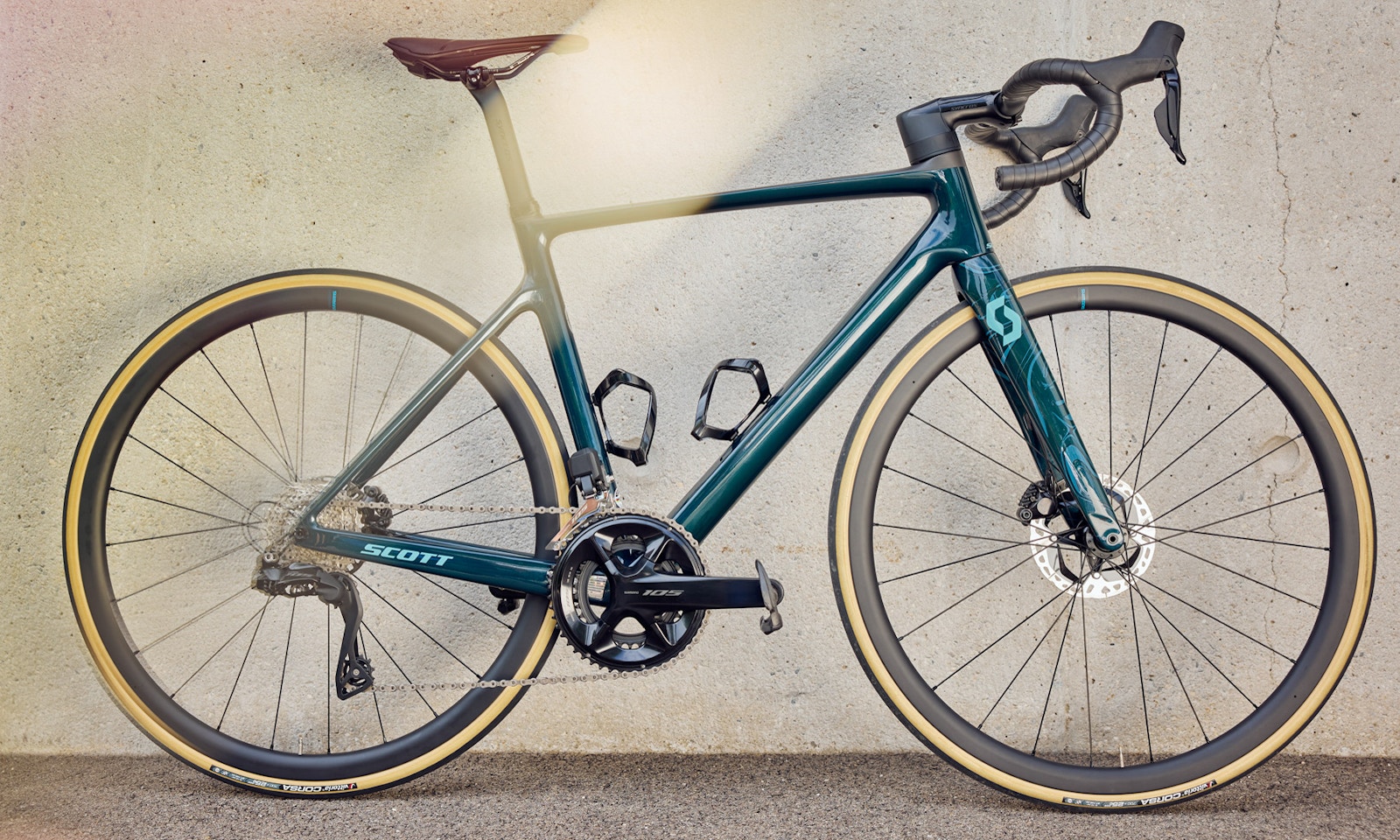
Credit: www.bikeexchange.com
Tubular Vs. Clincher Vs. Tubeless
Choosing the right bicycle tires can influence your cycling experience dramatically. Tubular, clincher, and tubeless tires each offer distinct advantages and disadvantages. Here’s a deep dive into each type to help you make an informed decision. Let’s look at the features and differences in tubular vs. clincher vs. tubeless tires.
Pros And Cons: A Comparative Analysis
Understanding the pros and cons of different tire types ensures the best selection for performance and ride quality.
| Tire Type | Pros | Cons |
|---|---|---|
| Tubular | Excellent ride qualityLightweight designLow rolling resistance | Difficult to installHard to fix flats on the go |
| Clincher | Easy to repair and replaceWide variety available | Heavier than tubularCan suffer from pinch flats |
| Tubeless | No inner tube, less flatsCan run lower tire pressure | Tricky initial setupRequires sealant |
Selecting The Right Tyre For Your Ride
The selection depends on your riding style, comfort preferences, and performance needs. Use this simple guide:
- Racing: Tubular tires suit well for lightness and speed.
- Training: Clinchers offer convenience and durability.
- Off-Road: Tubeless are ideal to handle rough terrains and punctures.
Consider terrain, weather conditions, and tire compatibility with your wheels. Always match your choice to your cycling goals and comfort requirements. Consult with a local bike shop if in doubt.
Advancements In Tubular Tyre Technology
Bike enthusiasts, rejoice! Tubular tyre technology has made leaps and bounds in recent years. Riders are seeing remarkable improvements in speed, comfort, and reliability. In this section, we dive into the innovations that push tubular tyres to new heights.
Innovations Enhancing Performance
Cutting-edge materials and design tweaks have vastly enhanced tubular tyre performance. Lighter, more durable compounds ensure these tyres can tackle any challenge. See below for breakthroughs that modern cyclists swear by:
- Aero-optimized shapes reduce drag
- Sealant compatibility fights punctures
- Heat-resistant technologies maintain function on hot roads
| Aspect | Old Technology | New Technology |
|---|---|---|
| Weight | Heavier | Lighter |
| Durability | Less Durable | More Durable |
| Heat Resistance | Lower | Higher |
Future Trends In Tyre Design
The future of tubular tyres flashes with promise. Hints from leading manufacturers point to a revolution in cycling experience. Below is a glimpse of what’s coming:
- “Smart” tyres with sensors for real-time analytics
- Eco-friendly materials for reduced environmental impact
- Multilayered structures for unmatched road grip
Gearing up for these changes, cyclists will encounter a new realm of biking mastery. Speed, agility, and sustainability take center stage in the rapidly evolving world of tubular tyres.
Real-world Applications
The rider’s experience on the road owes a great deal to their choice of tires. Tubular bicycle tires stand out in this respect, offering unique advantages. They are renowned for their performance and reliability. Let’s delve into tangible examples where these tires have proven their worth in both professional and amateur cycling.
Case Studies: Professional Cycling Successes
Professional cyclists consistently choose tubular tires for their races. Their tubeless design reduces rolling resistance, helping riders to expend less energy. This can be the edge needed for a win. Below, find examples of where tubular tires have crossed the finish line first:
- Tour de France: Multiple stages won on tubulars.
- Olympic Games: Gold medal performances powered by tubular tires.
- World Championships: Champions citing their choice of tubulars as vital.
Amateur Cyclist Experiences
It’s not just the pros who benefit from tubular tires. Amateur cyclists have shared stories that underline the practicality of tubulars for everyday riding. Below are a few shared accounts:
| Amateur Cyclist | Experience with Tubular Tires |
|---|---|
| John Doe | Noticed increased comfort and fewer flats over long rides. |
| Jane Smith | Improved handling and speed in local criterium races. |
| Sam Lee | Longer tire life and better puncture resistance during touring. |
Enthusiasts highlight the durability and maintenance ease of tubular tires. These characteristics are crucial for riders looking for dependable performance without professional support. With their experiences, it’s evident that tubular tires offer benefits that go beyond professional racing circuits.
Tips From The Pros
Welcome to the ‘Tips from the Pros’ section, your ultimate guide to mastering tubular bicycle tyres. Experts share their knowledge here to enhance your ride. Whether you’re racing or cruising, these tips are sure to elevate your cycling experience.
Installing And Riding Best Practices
Proper installation and riding techniques ensure peak performance. Let’s delve into these expert tips:
- Check your rim for damage before installation.
- Use a thin layer of tubular glue on the rim and the tyre.
- Wait 24 hours after gluing for a secure bond.
- Inflate slowly to avoid uneven seating.
- During your ride, maintain a steady pressure that suits the terrain.
- Keep an eye out for road hazards to prevent punctures.
Choosing The Perfect Tubular For Racing
Selecting the right tubular can give racers an edge. Consider these factors for top performance:
| Factor | Details |
|---|---|
| Tread Pattern | Pick according to the terrain; smoother for road, grippy for off-road. |
| Weight | Lighter tyres for climbs, heavier may offer durability. |
| Width | Wider for comfort and grip, narrower for speed. |
| Pressure | Adjust for conditions; higher for dry, lower for wet or rough. |
| Casing | Durable casing reduces flats, essential for long races. |
Remember, test rides are crucial. They help you feel the tyre’s response to real-world conditions. Always choose balance over extremes for an optimal racing experience.
Sustaining The Tubular Legacy
Tubular tyres, often referred to as ‘sew-ups’, are a favorite among professional cyclists for their superior performance attributes. Sustaining the Tubular Legacy not only honors a rich history in cycling but also reflects ongoing innovations in riding comfort and competitive edge.
This legacy is upheld through the tireless efforts of manufacturers and riders committed to this classic design, as well as through emerging environmental practices that ensure the sport’s future remains green.
The Role Of Manufacturers And Riders
Key to the endurance of tubular tyres is the dual commitment of both manufacturers and riders. Manufacturers are constantly pushing the envelope, refining materials and technologies to enhance the performance and durability of these tyres. To keep tubular tyres at the forefront of racing, they employ:
- Advanced rubber compounds for unmatched grip and speed
- Improved puncture resistance to minimize race interruptions
- Lightweight designs for optimal efficiency and handling
Riders, in turn, offer invaluable feedback and showcase these advancements through their steadfast loyalty to tubulars. This synergy assures that tubular tyres remain a staple in competitive cycling circles.
Environmental Considerations And Recycling Efforts
The world of cycling is keenly aware of its environmental footprint. As a result, sustainability has become as much a part of racing as the races themselves. Tubular tyres are now designed with eco-friendliness in mind, featuring:
| Feature | Environmental Benefit |
|---|---|
| Recyclable materials | Reduces waste and conserves resources |
| Longer lifespans | Decreases frequency of tyre replacement |
| Repairability | Extends use and minimizes discard rates |
In addition, dedicated recycling programs are in place, aimed at repurposing used tubulars and reducing landfill contributions. Together, these efforts signify a conscious direction towards a more eco-conscious sport.
Frequently Asked Questions On Tubular Bicycle Tyres
What Is A Tubular Bike Tyre?
A tubular bike tire, often called a “sew-up,” is a type of tire that’s stitched closed around the inner tube and then glued onto a specially designed rim. Its design offers a smoother ride and is favored by professional road racers.
What Is The Benefit Of Tubular Tires?
Tubular tires offer a smoother ride, reduced rolling resistance, and fewer flats. They are lighter and can be ridden at lower pressures.
Do Pro Cyclists Use Tubular Tires?
Yes, professional cyclists often use tubular tires for their superior performance in racing conditions. These tires offer better rolling resistance and puncture resistance, critical factors in competitive cycling.
Conclusion
The choice is clear for cyclists prioritizing performance and speed: tubular tyres. With their superior grip and smooth ride, they can enhance your cycling experience.
Whether racing or training, consider giving tubulars a spin to feel the difference firsthand. Safety and speed can coexist on the road with the right tyres.

Steven is a professional cyclist and his passion is cycling. He has been cycling for the last 6 years and he loves using bikes while outing as well. Based on his experiences with the different types of bikes; he is sharing his opinions about various bikes so that a beginner can start right away. Find him on Twitter @thecyclistguy Happy Biking.


